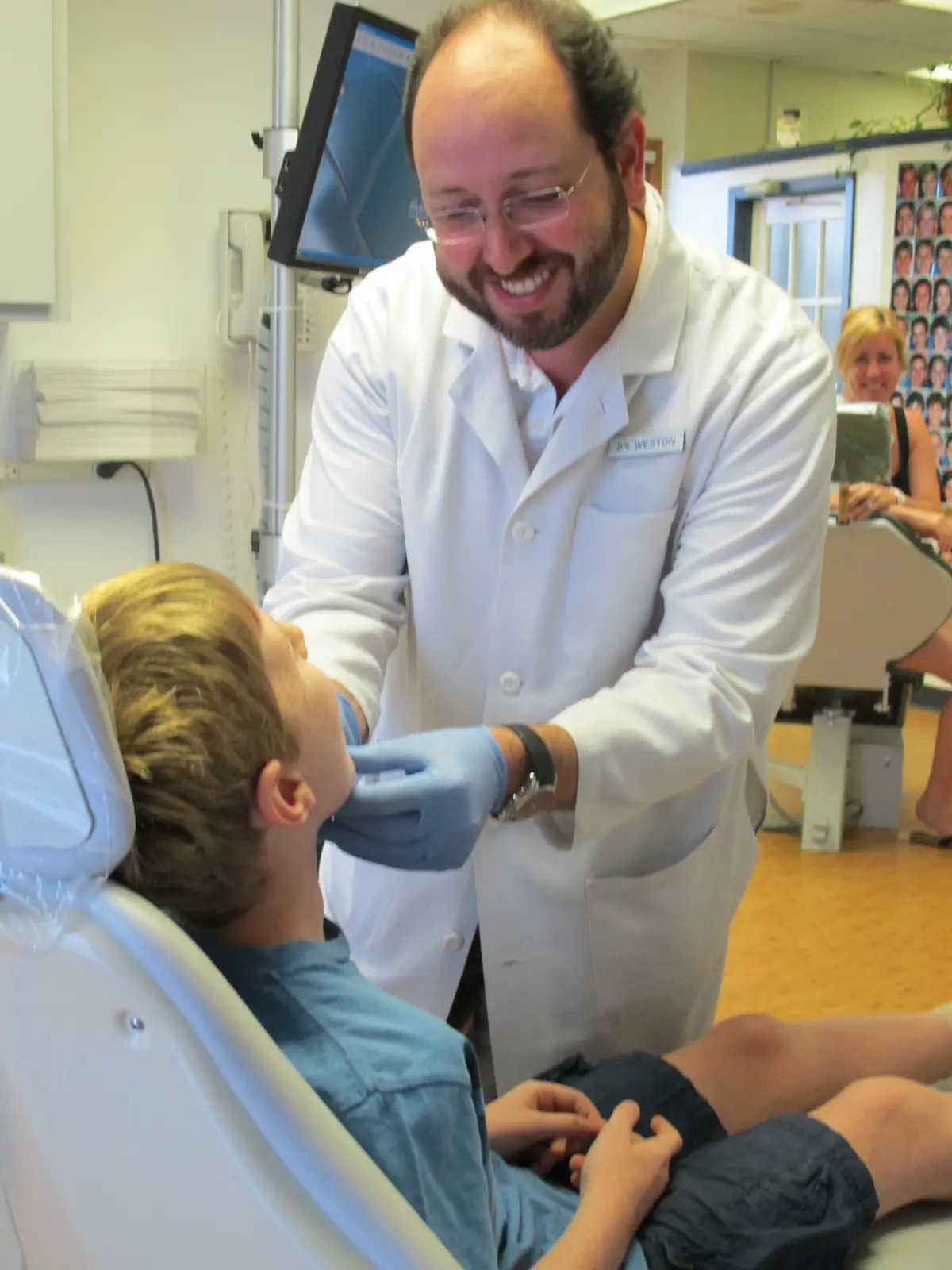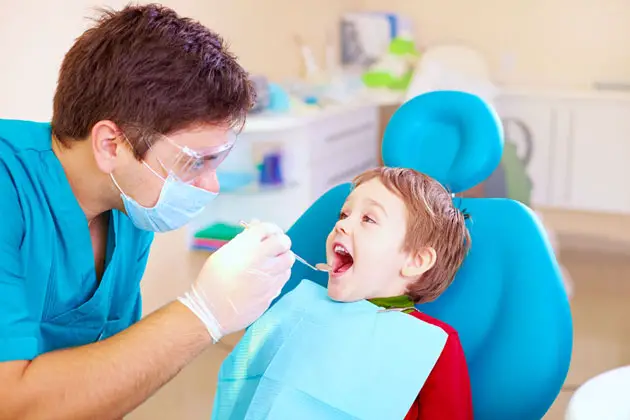Although many parents are aware their children would benefit from some form of orthodontic care, they often have concerns. Read on for the answers to some commonly asked questions about the covering the cost of braces and what age children are ready to visit the orthodontist.
With their children back at school, many parents are now wondering does their child need orthodontic care. If so, how can they pay for it?
Pam Paladin, marketing manager of The American Association of Orthodontists says “it’s estimated that between 50% and 70% of the population in general could benefit from some form of orthodontic treatment. Very few of us are born with perfectly aligned teeth and jaws.”
“There’s little question that orthodontics is the biggest child care expenditure till college for most families,” says Dr. Garrett Weston of Larchmont Orthodontics. “In this bad economic climate it makes common sense to weigh all options.”
In some cases, he says, postponing treatment may be an option. “We know that teeth are not rooted in stone. They can and do move throughout life. In fact many adults undertake successfully the orthodontic treatments that they never had as youngsters. We’ve worked with many generations of children. From this we’ve learned that the period from 7-10 years of age is the right time for parents to recognize beginning problems and undertake correction. At this age it will be easier, less cumbersome for the patient, take less time and cost less.”
“It is true that sometimes treatment can be safely postponed where there is minor crowding and no skeletal abnormalities,” agrees  , Chairman of the Department of Orthodontics at New York University College of Dentistry. But she says that postponement rarely is the best step and inability to pay is not in her view an acceptable reason for postponement. “Orthodontics is not just for the wealthy.” Many offices, including her own private practice in Hoboken, find a way to make treatment affordable. “In my office we don’t accept that money is a deterrent. We ask how much do you think you can pay, and we stretch out payments and make adjustments.”
, Chairman of the Department of Orthodontics at New York University College of Dentistry. But she says that postponement rarely is the best step and inability to pay is not in her view an acceptable reason for postponement. “Orthodontics is not just for the wealthy.” Many offices, including her own private practice in Hoboken, find a way to make treatment affordable. “In my office we don’t accept that money is a deterrent. We ask how much do you think you can pay, and we stretch out payments and make adjustments.”
Dr. Weston said this also is the policy of many practices in his area of Westchester, NY. He also said the reason orthodontists believe early observation and treatment is important is both technical and psychological. The technical reason is that when a 7- or 8-year old comes in for an examination, the orthodontist can tell the parent what’s going on with the teeth and jaw and what if any correction is needed. Most offices do not charge or charge only minimally for this diagnosis. If the parent decides to go ahead, braces usually are not prescribed at this point. But, for example, if the jaw is seen as too small for the teeth, a roof-of-the-mouth (palatal) expander or other inside-the-mouth device may be recommended to widen the jaw and prevent other problems. If this step were delayed until middle or late adolescence treatment can become more difficult, taking more time and possibly affecting the outcome. The early observation and modified treatment period may continue for two or three years. After this, appropriate braces can be applied. But under this approach, the brace-wearing period often can be eliminated or considerably shortened to about 6-9 months.
Dr. Teixeira says there is a definite psychological benefit for starting examination and treatment early. The success of orthodontics is quite dependent on the willingness of the child to follow specific eating, teeth cleaning and other requirements. “Children at this age are very cooperative. They are willing to listen, understand and cooperate. Three or four years later you’ve almost lost them. It’s hard for teenagers to comply.”
She says there have been many new developments in treatment. Children no longer have to dread having their smiles obscured by a wall of metal. Many new devices are barely visible, less intrusive in daily living and more comfortable.
As a parting word to parents who continue to worry about finances, Dr. Teixeira points to an additional option. Parents can check out orthodontic medical colleges, such as hers, and certain teaching hospitals in the New York City area which offer fee- discounted services.
For more information:
Pam Paladin, 314-993-1700, ext. 524
Dr. Christina Teixeira, 201-714-9800
Dr. Garrett Weston, 914-834-0305
Article and photos courtesy of Dr. Harold Wolfson.
See Also:
How To Guide: Save Your Child’s Tooth in a Dental Emergency




















